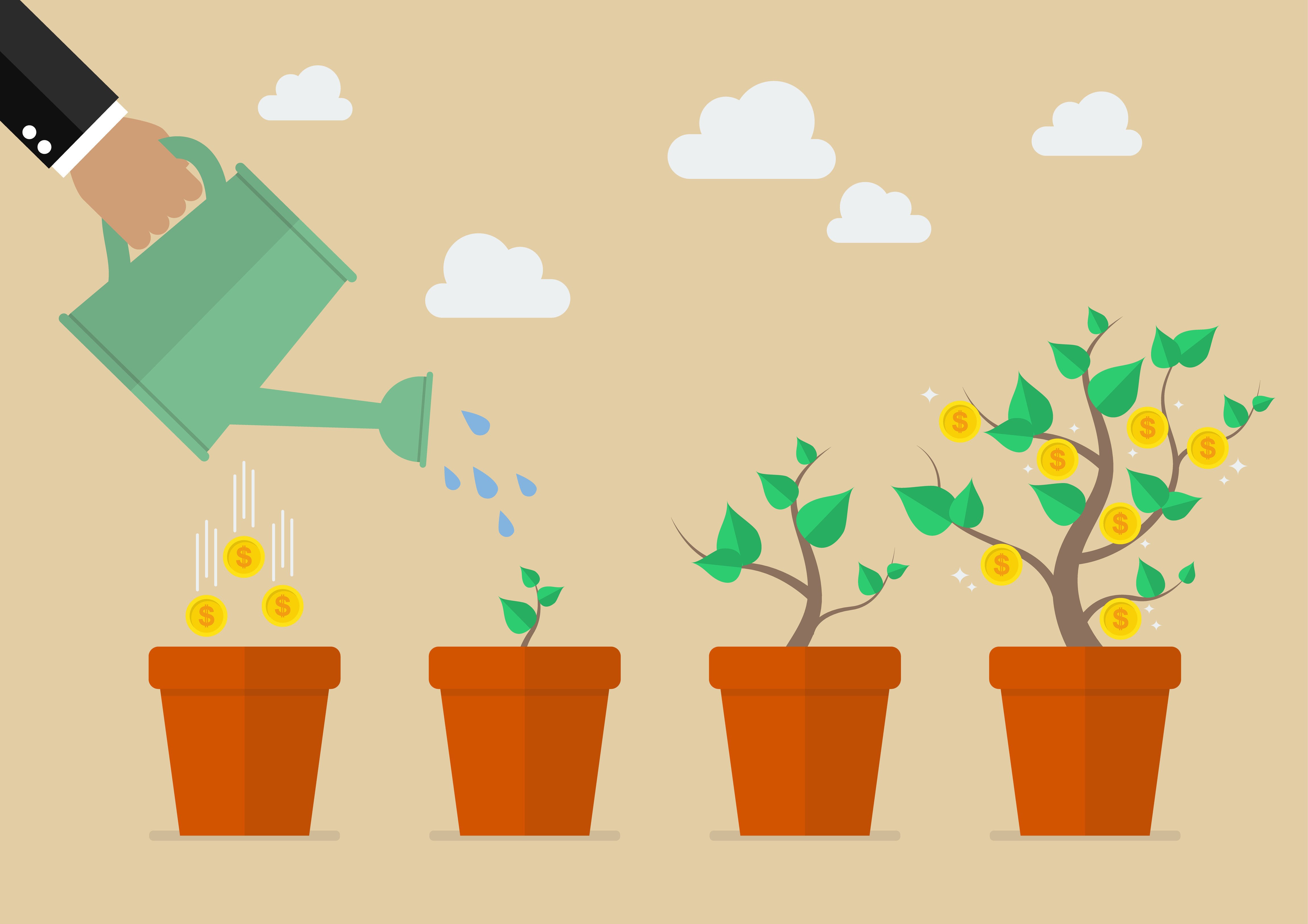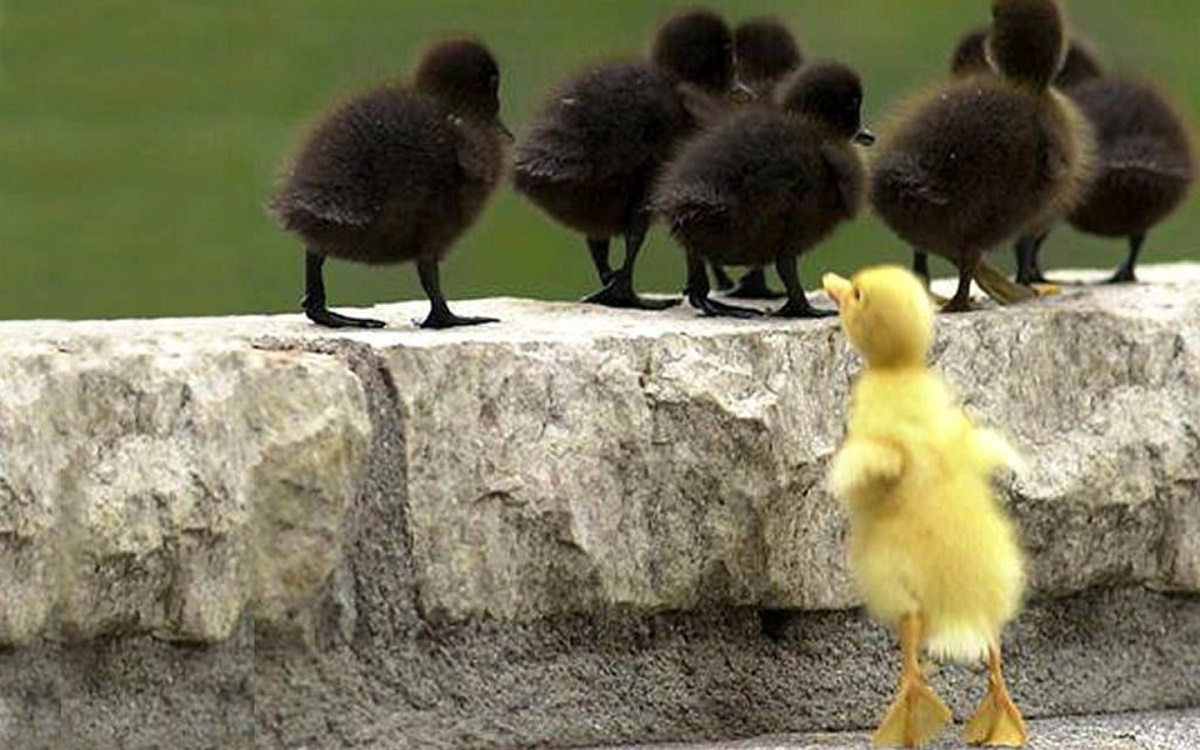You Can Have More Major Donors in 2025
We are absolutely living in strange times. Many have coined it the second “Gilded Age.” We see power in the hands of extremely wealthy billionaires...
3 min read
Richard Perry and Jeff Schreifels : February 29, 2016


In my last post, I talked about what it meant to have a strong brand for a non-profit. It’s giving your donors a great experience. Not just when they become a new donor to your organization, but all through their relationship with you, to become major donors and hopefully one day to leave you in their estate plans.
When Veritus Group first started, our focus was exclusively helping non-profits to create, build and manage major gift programs. But while working on those major gift programs and seeing some amazing success, we realized fairly quickly that there were donors sitting in the middle not moving into major gifts.
Our major gifts officers were clamoring to have more qualified donors move into their caseloads. We just needed to make it easier for those donors.
In further research, we found that for most organizations, the middle level donor was experiencing the same thing as a $25 donor… mainly direct mail. That is not a bad thing, because those donors were still giving – yet the question was: “Could we do more of what we do with major gifts and inspire these donors not only to continue giving more each year, but could we move them into major gifts much faster?”
Our hypothesis was “Yes.” Then the question became “how do we do that?” Below, I’m going to give you our answer. I hope the answer will inspire you to look at the experience you are giving your donors with your organization, so that your donor pipeline becomes free and clear to allow donors to trust they can make a real investment in your mission.
What experience are you giving your donors? How quickly are donors moving into your major gift programs? Do you think there is more opportunity for those donors to move up, if you could unclog that pipeline?
I urge you to get your major gifts and direct-response teams together to figure out how you can give your donors a great experience at all giving levels. The donors will respond. We know – we’ve been running mid and major gift programs for many years, and the success has been dramatic. What are you waiting for?
Jeff

We are absolutely living in strange times. Many have coined it the second “Gilded Age.” We see power in the hands of extremely wealthy billionaires...
3 min read
We at Veritus Group are passionate about major gifts (you may have guessed that from the majority of our blog posts). About a year and a half ago, we...

2 min read
A few years ago the comedienne Kathy Griffin had a reality show called “My Life on the D List.” Essentially she made fun of herself as a non-“A-list”...